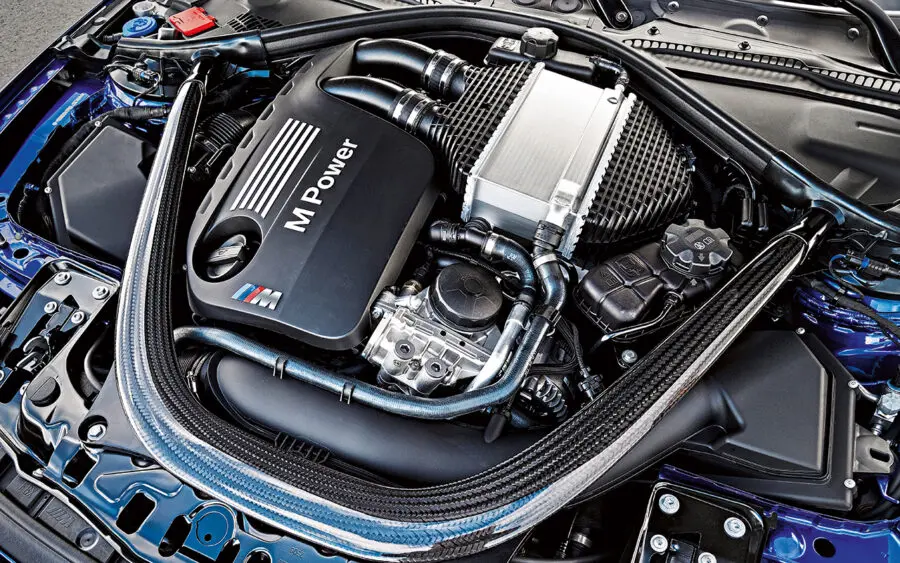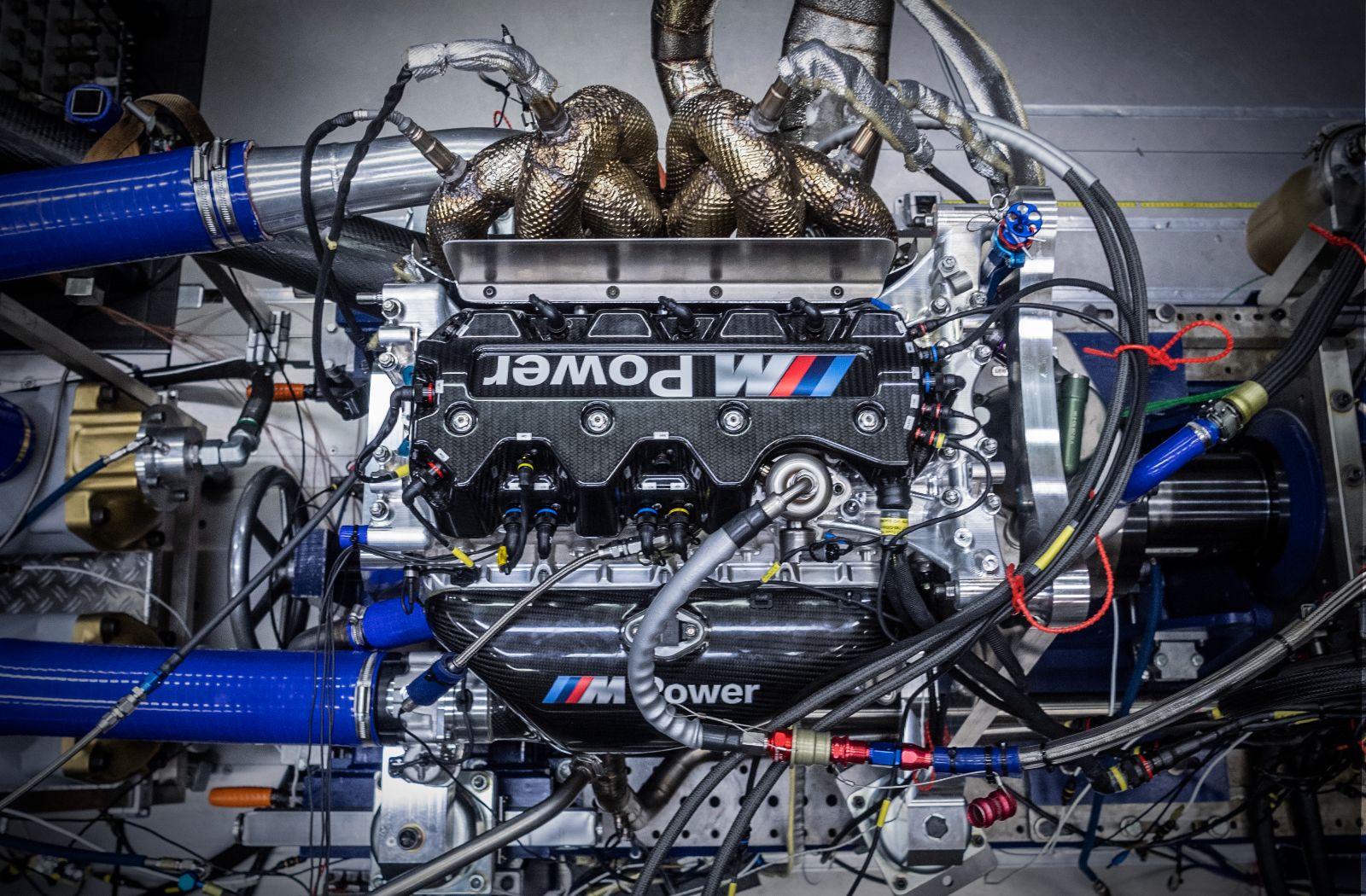Exploring the Evolution of Combustion Engines in Modern Transportation Systems
As we navigate the landscape of modern-day transport, the development of combustion engines stands as a testimony to human ingenuity and design expertise. The interplay of background, technology, and ecological issues in shaping the trajectory of combustion engines creates a story that is both informative and compelling.
Very Early Beginnings of Combustion Engines
Just how did the idea of combustion engines initial emerge in the beginning of transport development? The roots of burning engines can be mapped back to the 17th century when the principles of inner combustion were initial checked out. In 1673, Christian Huygens conceptualized a standard internal burning engine that used gunpowder to produce power. However, it wasn't till the late 19th century that useful applications of burning engines in transportation started to arise.
The advancement moment came with the creation of the initial successful gasoline-powered engine by Karl Benz in 1885 - bmw engine. This engine led the way for the development of the contemporary auto, revolutionizing transportation systems worldwide. Succeeding innovations by Nikolaus Otto and Gottlieb Daimler even more fine-tuned burning engine innovation, leading to the automation of cars and the quick expansion of the transportation industry
These early combustion engines were characterized by their simplicity and efficiency, laying the structure for the facility and effective engines made use of in contemporary transport systems. The development of combustion engines has been instrumental in shaping the means we take a trip and move items, noting a substantial turning point in the history of transportation growth.
Change to Internal Combustion Technology
The change to inner burning technology noted an essential shift in the evolution of transport systems. This shift started in the late 19th century, with developers like Nikolaus Otto and Gottlieb Daimler establishing the first effective interior combustion engines. These engines changed transportation by offering an extra effective and effective alternative to heavy steam engines and electric motors.
Among the essential benefits of interior combustion engines was their capability to be scaled down to match automobiles, resulting in the growth of cars and motorcycles. This change from bulky, fixed engines to compact, mobile ones led the method for the modern-day transportation systems we see today.
The change to interior burning technology additionally spurred innovations in fuel innovation, leading to the advancement of gasoline and diesel as main gas sources for lorries. This shift not only made transport more available to the masses however additionally laid the structure for the oil and gas industry to become important to international economies.
Impact of Combustion Engines on Transportation
The adoption of combustion engines in transport systems militarized an extensive change in the efficiency and speed of worldwide flexibility. Combustion engines transformed transportation by giving a functional and reputable source of power for different lorries, including automobiles, vehicles, ships, and aircrafts. This development substantially boosted the ability for individuals and items to move over fars away in shorter timespan, resulting in enhanced connectivity between regions and nations.
Furthermore, the widespread use of combustion engines has website here had a considerable impact on economic growth. The capacity to move items successfully has actually spurred trade and business, enabling organizations to increase their markets and get to consumers worldwide. This has actually assisted in financial growth and globalization, as products can currently be moved faster review and in bigger amounts than ever previously.
Nevertheless, the environmental influence of burning engines can not be ignored. The combustion of fossil fuels has actually caused air pollution and greenhouse gas emissions, contributing to environment modification and posing health threats to populations. bmw engine. Consequently, there is an expanding emphasis on creating alternate propulsion technologies to minimize these unfavorable effects and develop a much more sustainable future for transport
Developments in Burning Engine Style
Numerous innovations in combustion engine style have moved the advancement of transportation systems over the years. One noteworthy technology is the advancement of turbocharged engines, which make use of exhaust gases to drive a wind turbine that presses incoming air, enabling more gas to be burnt, leading to increased power outcome without a substantial boost in engine dimension. Additionally, direct shot technology has actually boosted fuel performance and efficiency by precisely managing the amount and timing of fuel injected right into the combustion chamber. Variable shutoff timing systems have additionally transformed engine style by maximizing airflow at various engine rates, enhancing both power and effectiveness. An additional significant development is the integration of light-weight products such as carbon fiber and light weight aluminum alloys, decreasing general engine weight and boosting vehicle fuel economic climate. In addition, developments in computer-aided style have actually made it possible for engineers to maximize engine efficiency and efficiency through simulations before physical prototypes are developed, conserving time and sources in the growth procedure. These developments collectively add to the continuous enhancement of burning engines in modern transportation systems.
Future Patterns in Combustion Engine Growth
With innovation developments driving continuous technology, the future of combustion engine development is positioned to transform transportation systems around the world. One of the key fads in combustion engine development is the press towards greater performance and decreased exhausts. Makers are investing greatly in research and growth to improve engine efficiency while satisfying rigorous ecological regulations. This consists of the integration of sophisticated fuel injection systems, boosted turbocharging techniques, and the usage of lightweight products to optimize look at this now fuel usage and reduce carbon discharges.
An additional prominent pattern is the fostering of crossbreed innovations in burning engines. Hybrid engines combine standard burning technology with electric power, providing boosted gas efficiency and lower discharges. As the vehicle industry shifts towards electrification, hybrid burning engines are viewed as a transitional remedy that bridges the gap between traditional automobiles and totally electrical ones.
Additionally, the integration of wise innovations, such as fabricated knowledge and information analytics, is anticipated to play a substantial duty in the future of burning engine growth. These modern technologies can optimize engine performance in real-time, bring about more reliable burning procedures and improved total lorry efficiency. Welcoming these future fads will certainly not only drive innovation in combustion engine advancement however likewise add to a more eco friendly and sustainable transport ecological community.

Conclusion
In final thought, the advancement of combustion engines in contemporary transportation systems has been noted by considerable developments in technology and layout. From the very early starts of burning engines to the transition to inner combustion technology, these engines have actually had a profound impact on transport.
The roots of burning engines can be traced back to the 17th century when the concepts of interior combustion were initial checked out. These engines transformed transport by using a more effective and effective choice to heavy steam engines and electrical motors.
